Community articles — Theses
LaTeX thesis templates to help you navigate an important step in your career. These thesis templates, many provided by universities as official layout guidelines, include sections to add author information, along with placeholder chapters for your introduction, background, method, results, conclusion / discussion, references, and appendices.
Seneste
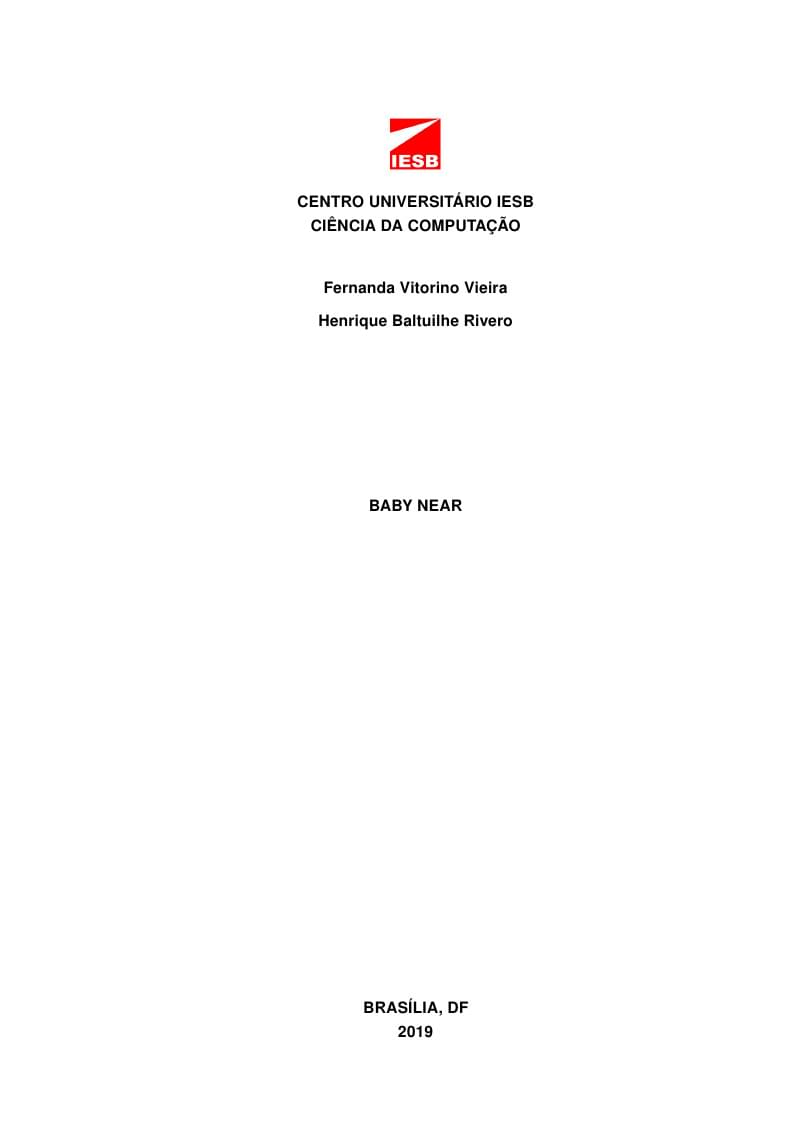
Baby Near is the project created to assist parents to monitor their children in open or closed environments, mainly with crowds, such as supermarkets, malls, playgrounds, among others. The prototype consists of two ends that communicate with each other by Bluetooth, one with a smartphone and another with an Arduino. If the distance between them is highier than the one set by the parents, the cellphone device emits sounds, vibrations and changes on screen that alert the parent that the distance has been exceeded. In addition, the end of the Arduino also has a short distance electronic tag that can be used by parents to insert information relevant to the child's finder. In this way, the system brings to the parents more speed in the detection of an emergency situation due to the increase of the distance of the child.
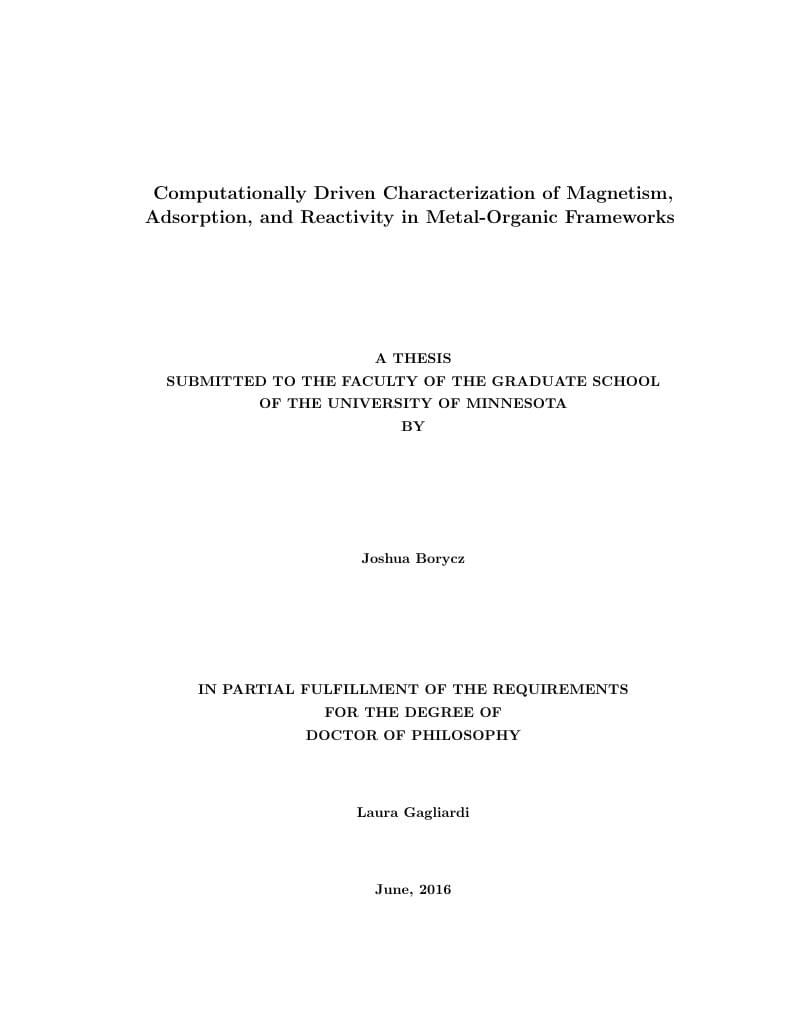
Computational Chemistry PhD Thesis from the University of Minnesota
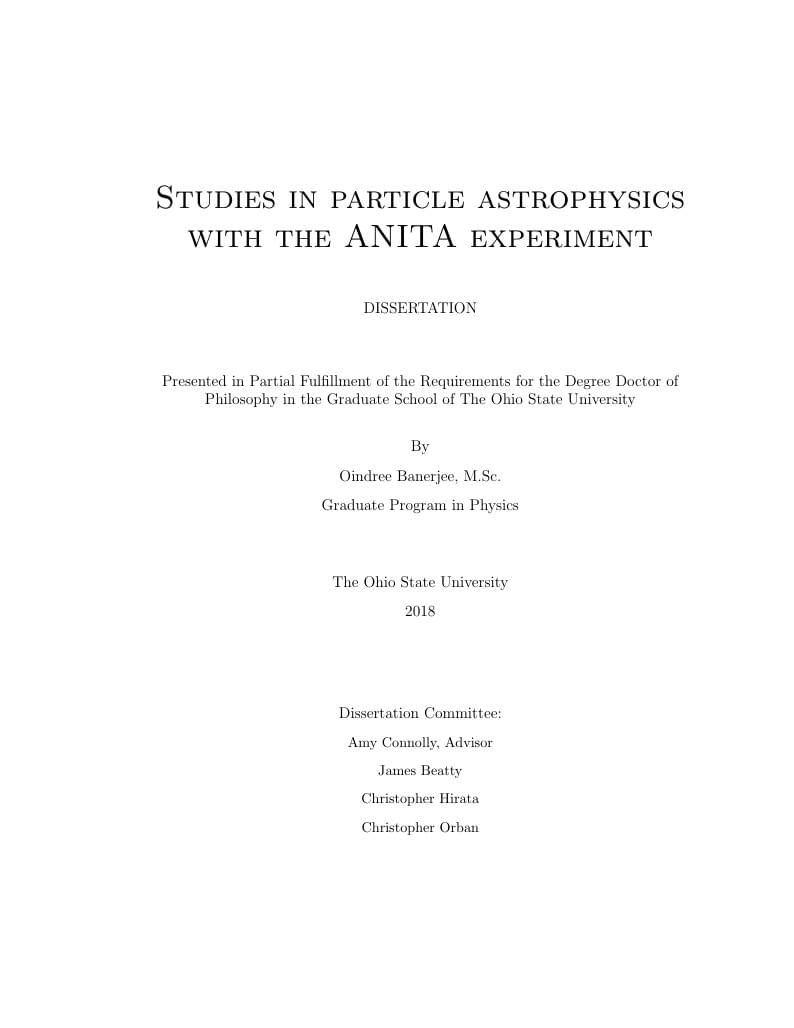
The Antarctic Impulsive Transient Antenna (ANITA) is a NASA long-duration balloon experiment with the primary goal of detecting ultra-high-energy (\(> 10^{18}\)eV) neutrinos via the Askaryan Effect. In the fourth ANITA mission, the Tunable Universal Filter Frontend (TUFF) boards were deployed for mitigation of narrow-band, anthropogenic noise with tunable, switchable notch filters. They contributed to a factor of 2.8 higher total instrument livetime in ANITA-4 compared to ANITA-3. A search for a diffuse flux of ultra-high-energy neutrinos was conducted using the data collected during the ANITA-3 flight with a new approach where the Antarctic ice area is sectioned off into bins and a search is performed with different thresholds in different bins. The binned analysis methods were extended to the development of a search for neutrinos from Gamma Ray Bursts, implementing constraints in time, and for the first time, in direction. Lower analysis thresholds were achieved in a feasibility search even when extending the search to include longer afterglow periods. Authored with osudiss-2.cls (v0.9.1)
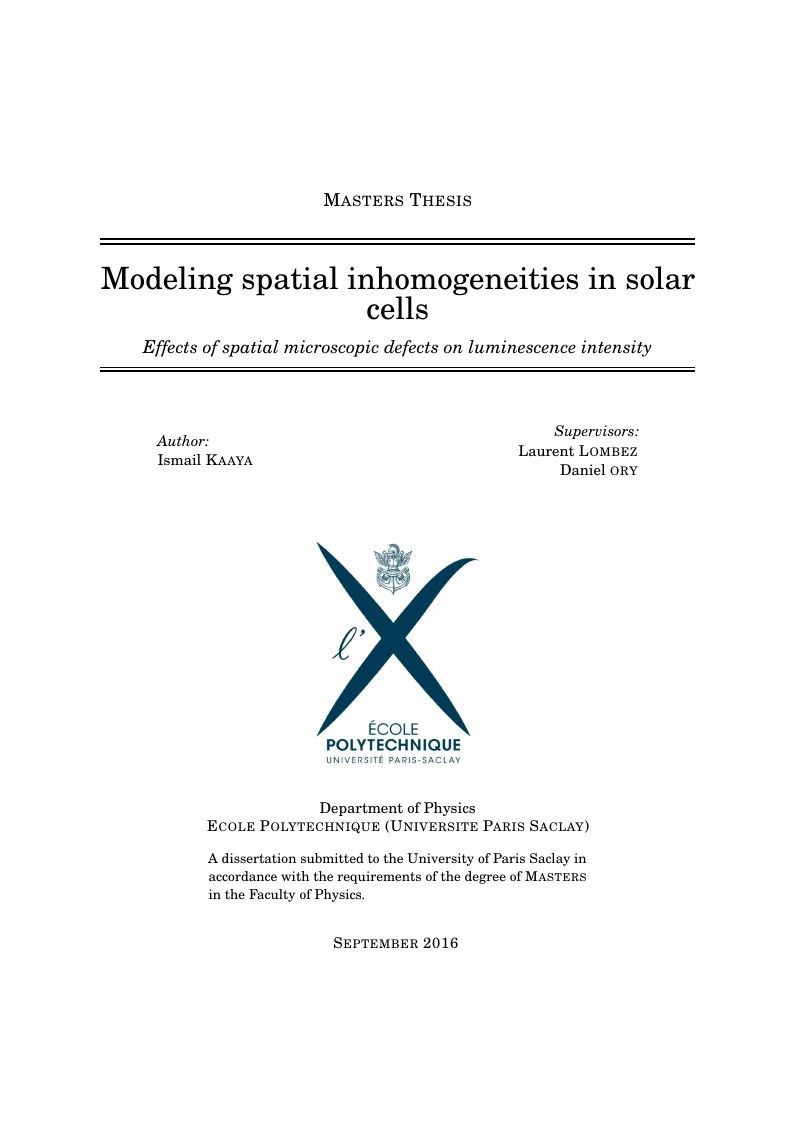
Microscopic spatial defects (inhomogeneities) in solar cells have a detrimental impact on the overall performance of the solar cells. These defects can be due to the polycrystalline nature of the photovoltaic absorber (general case) or on the other hand, the characterization method itself can induce such inhomogeneities (ex: local excitation with confocal system). Photoluminescence imaging in particular is the most attractive type of experimental character- ization technique which has been studied by many research groups. Since it is contactless, it allows a complete analysis of the photovoltaic material and it can actually be performed at each step of the solar cell fabrication process. To properly analyze the recorded images, one has to model the transport properties. In this work we model the transport properties in 2D using both a numerical and analytic approach. First,we model the global illumination of the sample, we then analyze the effects of grains and surface recombination. Second, we study lateral transport that can be influenced by recombination at the surface (passivation issues), grain boundaries (polycrystalline cells) or local artifacts (shunts, defects...). At the same time we are able to extract the lifetime knowing the generation rate and solving the excess carrier density from our model. And finally we implement our model to extract some cell parameters like the diffusion length from experimental data through data fitting.
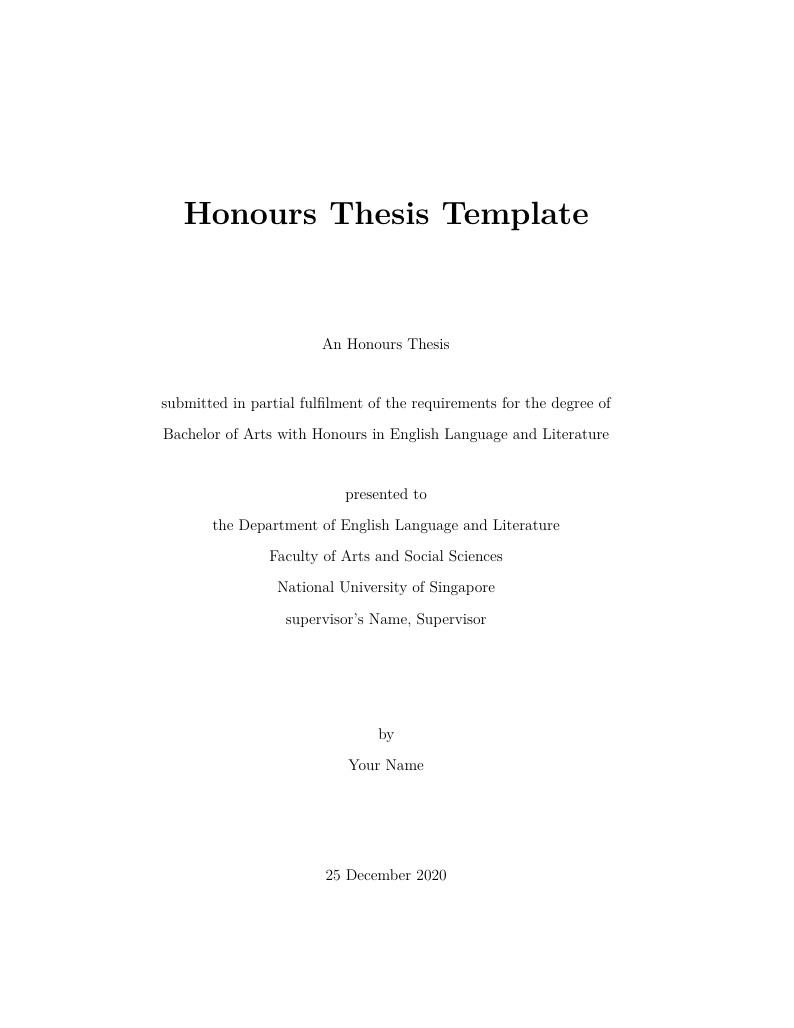
Template for honours theses
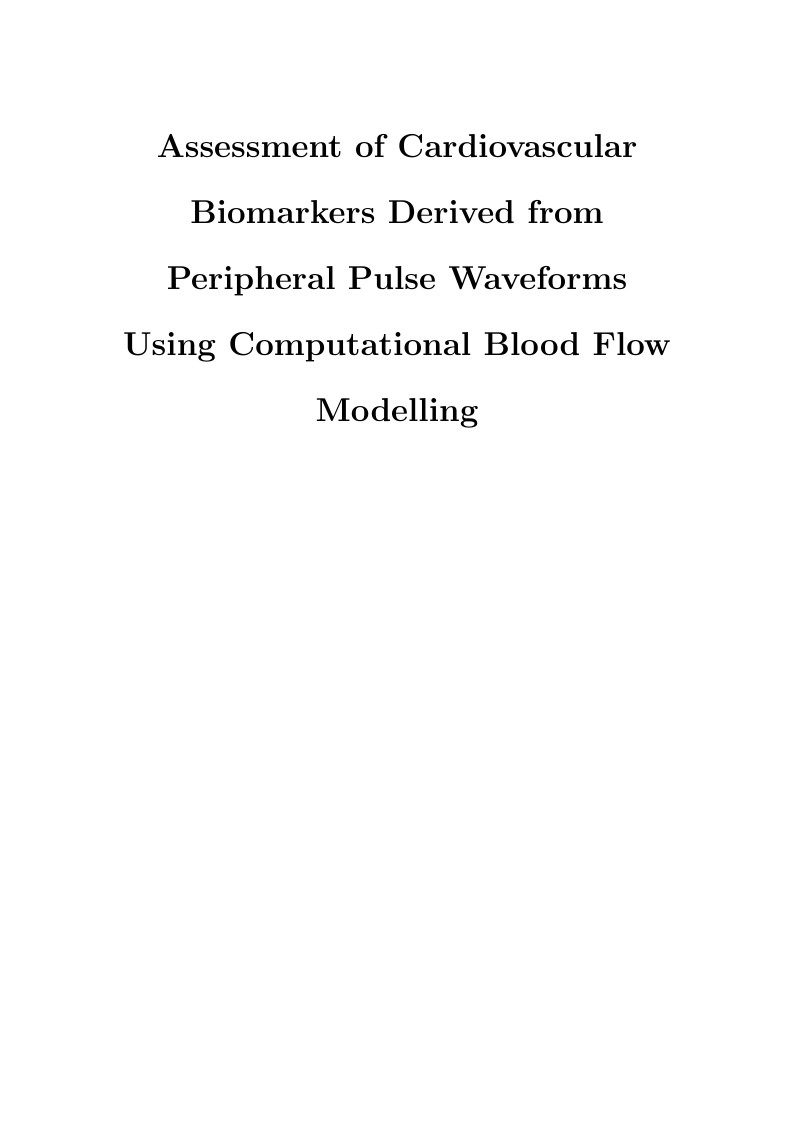
The aim of this thesis is to investigate the ability of cardiovascular biomarkers calculated from peripheral pulse waveforms to estimate central properties of the cardiovascular system (e.g. aortic stiffness) using nonlinear one-dimensional (1-D) modelling of pulse wave propagation in the arterial network. To test these biomarkers, I have produced novel 1-D models of pulse wave propagation under normal and pathological conditions. In the first part of my thesis, I extended the modelling capabilities of the existing 1-D/0-D code to represent arterial blood flow under diabetes, hypertension, and combined diabetes and hypertension. Cardiac and vascular parameters of the 1-D model were tailored to best match data available in the literature to produce generalised hypertensive, diabetic, and combined diabetic and hypertensive population models. Using these models, I have shown that the pulse waveform at the finger is strongly affected by the aortic flow wave and the muscular artery stiffness and diameter. Furthermore the peak to peak time measured from the pulse waveform at the finger can identify hypertensive from diabetic patients. In the second part, I developed a new methodology for optimising the number of arterial segments in 1-D modelling required to simulate precisely the blood pressure and flow waveforms at an arbitrary arterial location. This is achieved by systematically lumping peripheral 1-D model branches into 0-D models that preserve the net resistance and total compliance of the original model. The methodology is important to simplify the computational domain while maintaining the precision of the numerical predictions — an important step to translate 1-D modelling to the clinic. This thesis provides novel computational tools of blood flow modelling and waveform analysis for the design, development and testing of pulse wave biomarkers. These tools may help bridge the gap between clinical and computational approaches.
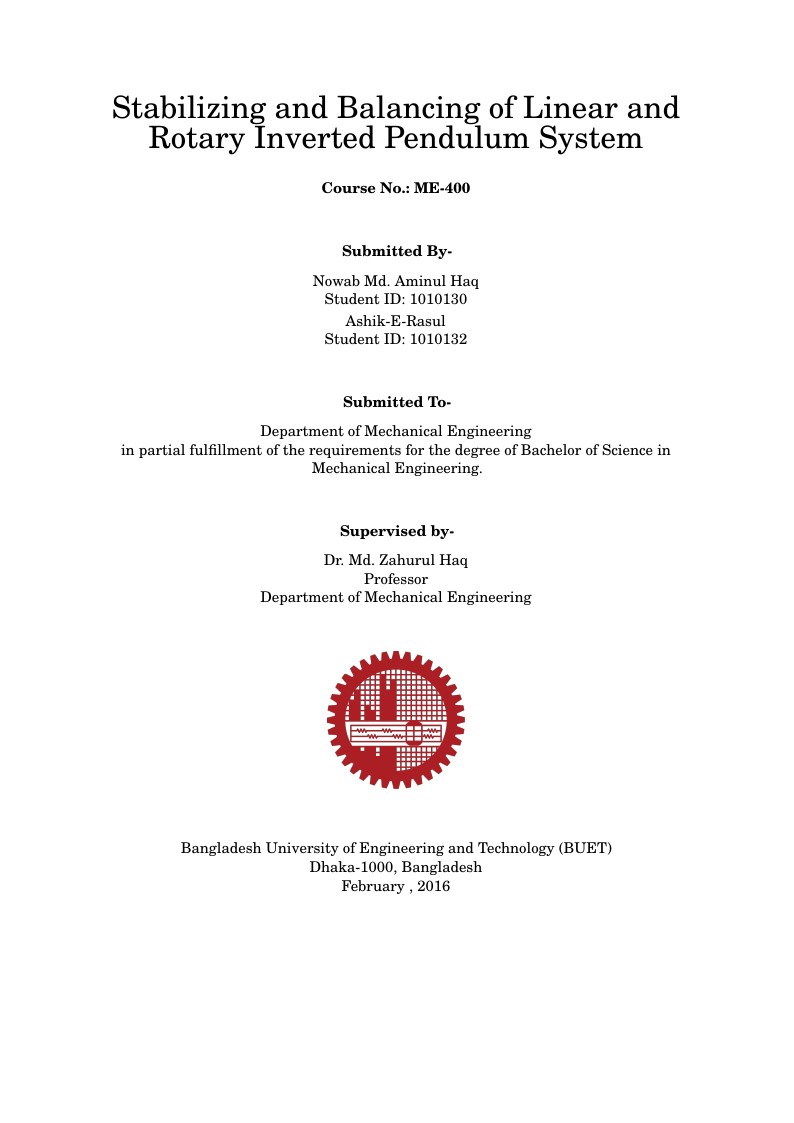
Contains the thesis template using memoir class, which is mainly based on book class but permits better control of chapter styles for example. This template is an adaptation and modification of Oscar's. Memoir is a flexible class for typesetting poetry, fiction, non-fiction and mathematical works as books, reports, articles or manuscripts. UoB guidelines: The dissertation must be printed on A4 white paper. Paper up to A3 may be used for maps, plans, diagrams and illustrative material. Pages (apart from the preliminary pages) should normally be double-sided. Memoir class loads useful packages by default (see manual).
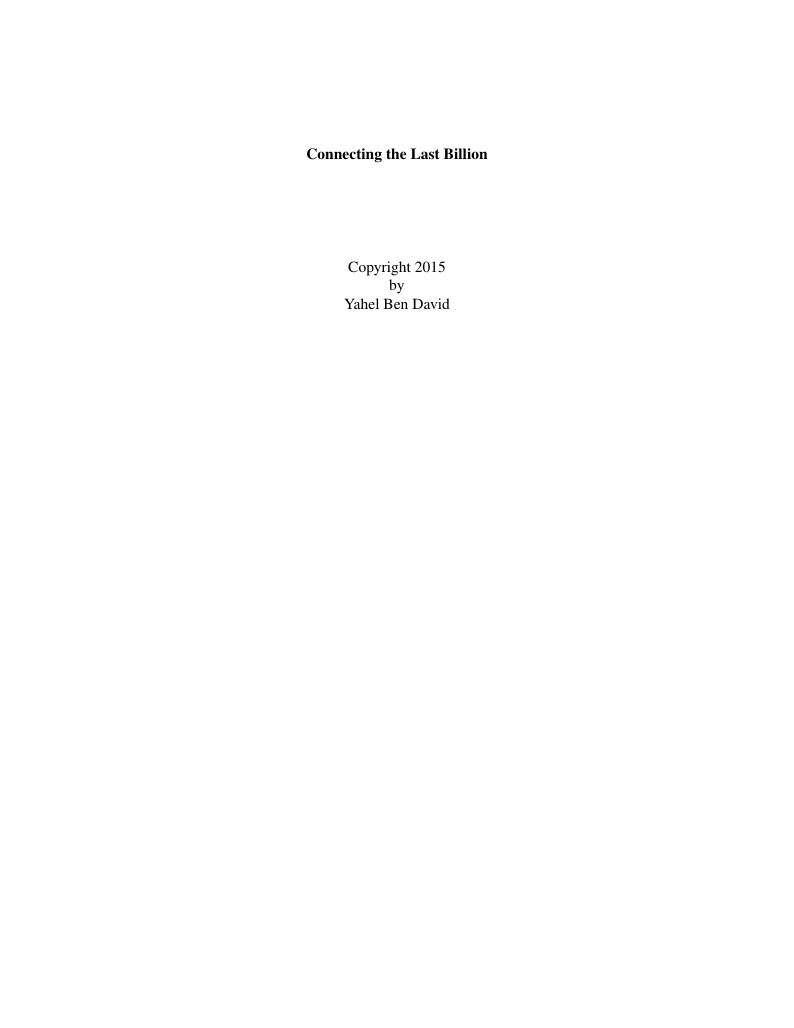
Chapters 1-3 of my PhD dissertation.
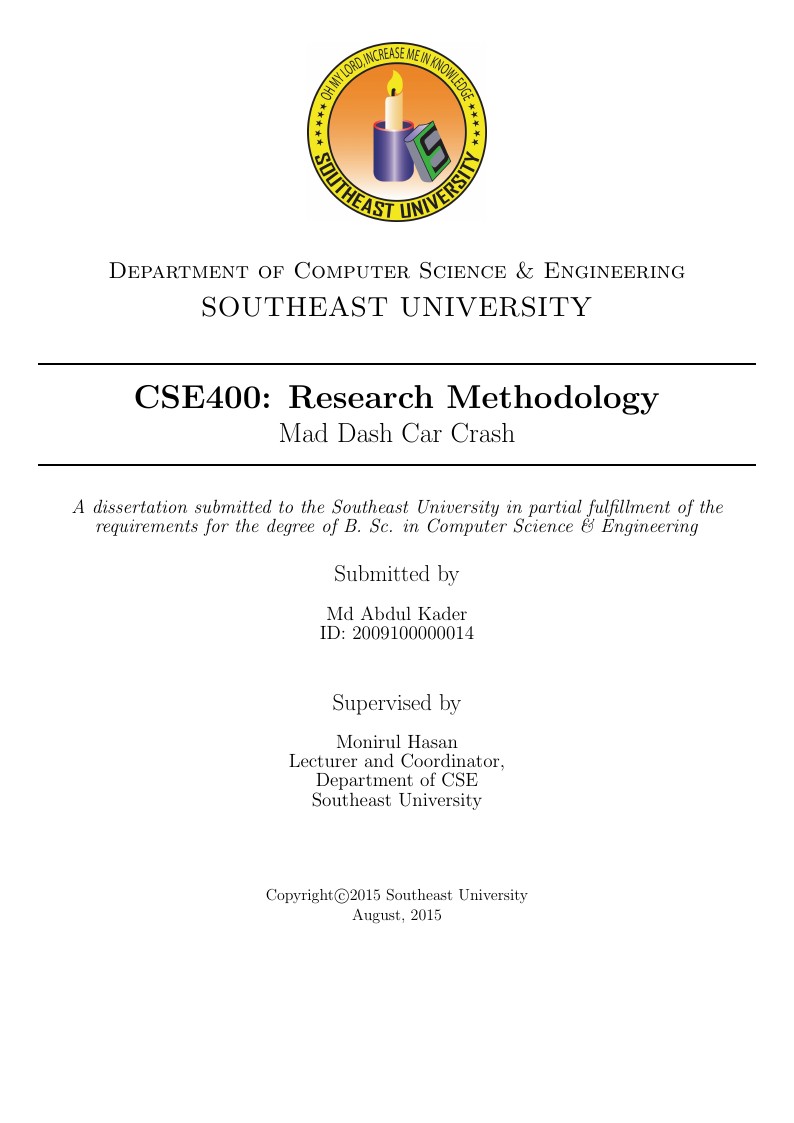
A dissertation submitted to the Southeast University on Mad Dash Car Crash 3D Car Racing Video Games.
\begin
Discover why over 20 million people worldwide trust Overleaf with their work.